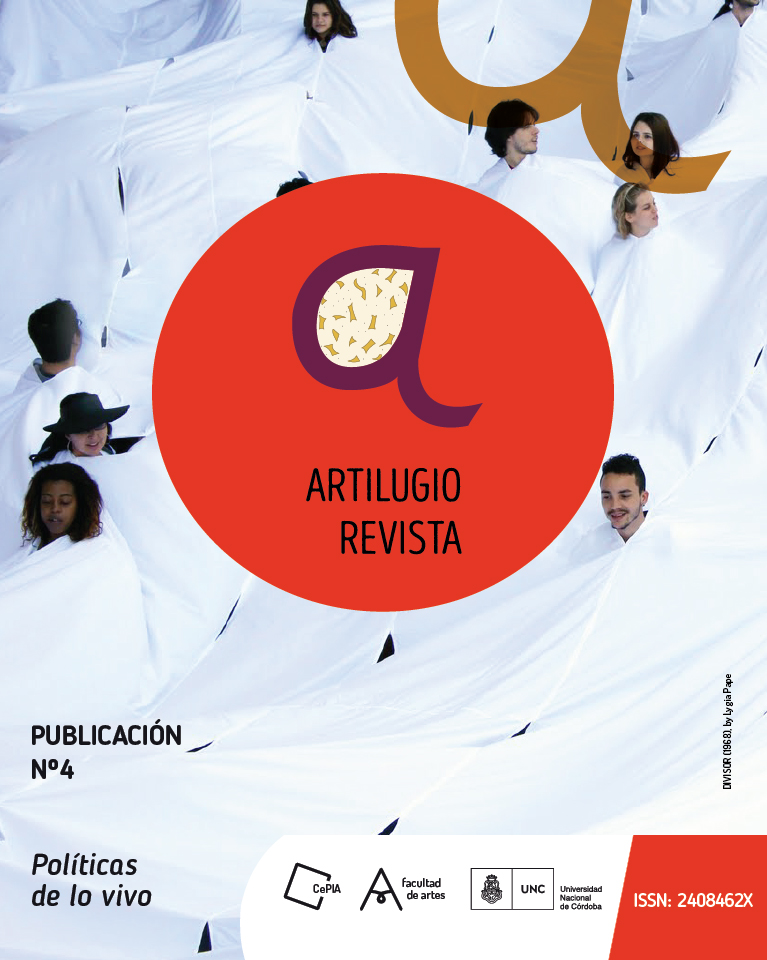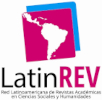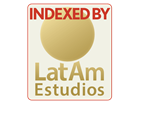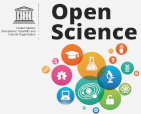Territories, Art And Politics. Intervention / Installation Within The Framework Of The Exhibition "Disruptive Translations".
DOI:
https://doi.org/10.55443/artilugio.n4.2018.21071Keywords:
artistic intervention, public space, political, conflictAbstract
In this paper we propose to think about the art/politics relationship from Rancière's perspective, reflecting on the dispute of the CePIA’ spaces between student political groups.We propose an analysis of the tension generated when the group of artists Translations intervened spaces of the Center for Production and Research in Arts (CePIA) with a montage of the exhibition "Disruptive Translations" in 2017, focusing the actions of the militants and artists as performative acts from an anthropological perspective.
Downloads
References
Fernando Fraenza, María A. de la Torre y Alejandra Perié, Ver y estimar arte. (Córdoba: Brujas, 2009).
Luis Ignacio García, La imaginación política (Córdoba: La Cebra, 2017).
María Beatriz Greco, “Estudio preliminar”, en El reparto de lo sensible. Estética y política (Buenos Aires: Prometeo Libros, 2014), 1-9.
Boris Groys, Volverse público, trad. Paola Cortés Rocca (Buenos Aires: Caja Negra, 2014).
Jürgen Habermas, Teoría de la acción comunicativa. Racionalidad de la acción, trad. Manuel Jiménez Redondo (Madrid: Taurus, 1999).
Ana Longoni y Mariano Mestman, Del Di Tella a «Tucumán Arde». Vanguardia artística y política en el 68 argentino (Buenos Aires: El Cielo por Asalto, 2000).
Jacques Rancière, El espectador emancipado, trad. Ariel Dilon (Buenos Aires: Manatial, 2017).
Jacques Rancière, El reparto de lo sensible. Estética y política, trad. Mónica Padró (Buenos Aires: Prometeo Libros, 2014).
Jacques Rancière, El malestar de la estética, trad. M. Petrecca, L. Vogelfang y M. Burello (Buenos Aires: Capital intelectual, 2011).
Diana Taylor y Marcela A. Fuentes, Estudios avanzados de perfomance (México: Fondo de Cultura Económica, 2011).





































